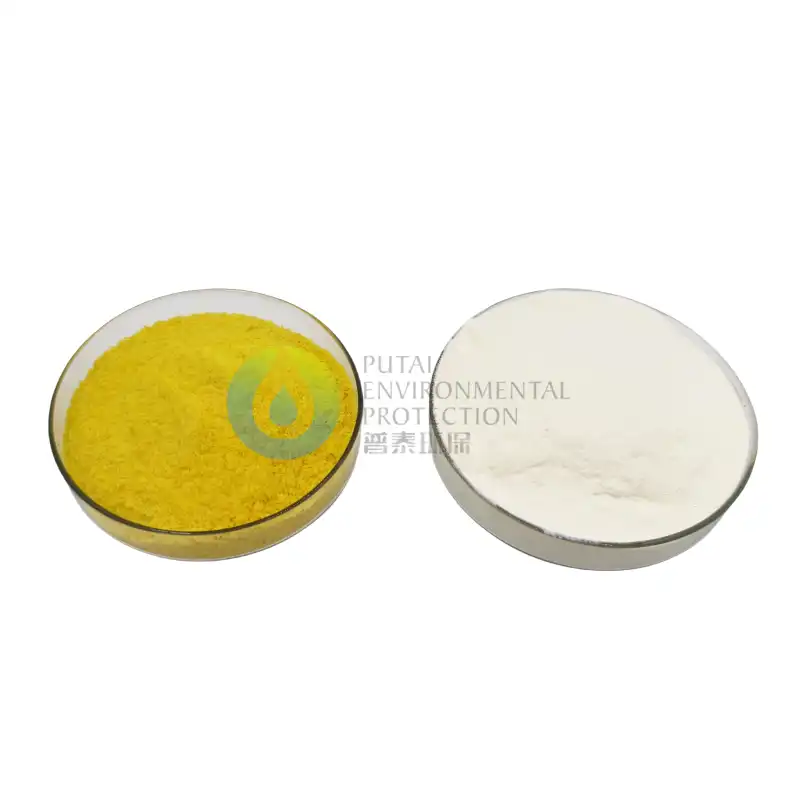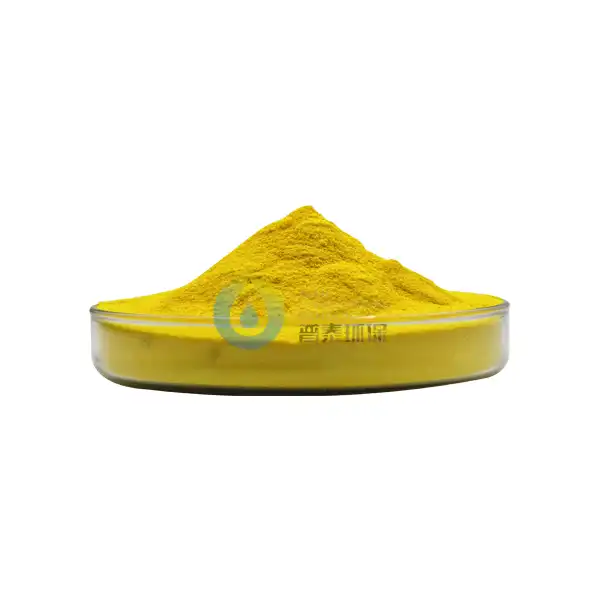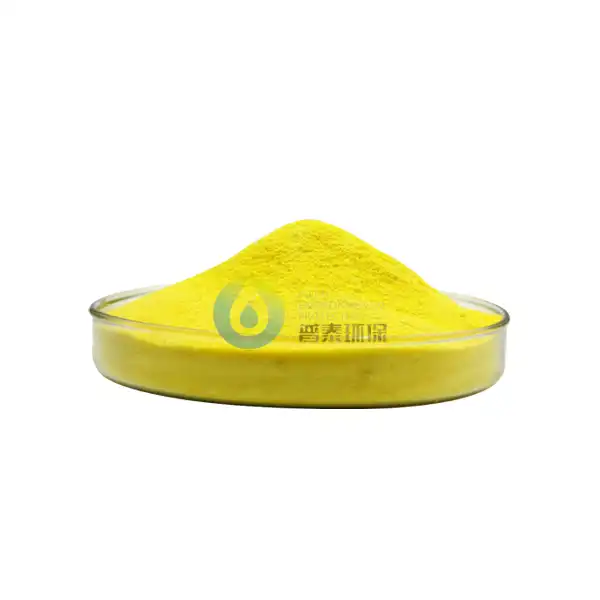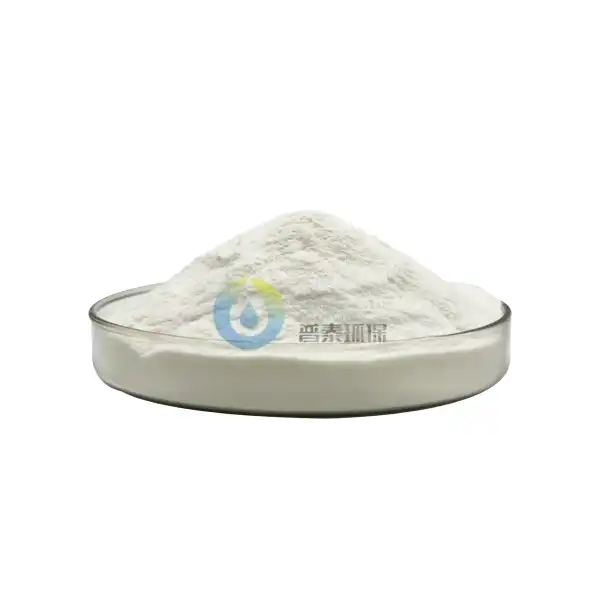What Makes Industrial Grade PAC More Effective Than Alum?
In the realm of water treatment, choosing the right coagulant can make a significant difference in the efficiency and effectiveness of the process. Two commonly used coagulants are alum (aluminum sulfate) and polyaluminum chloride (PAC). While both serve similar purposes, industrial grade PAC has gained popularity due to its superior performance in various aspects of water treatment. This article delves into the key factors that make industrial grade PAC more effective than alum, exploring its benefits in coagulation efficiency, corrosion reduction, and impact on total dissolved solids.
Alum vs. PAC: Coagulation efficiency at low temperatures
One of the most notable advantages of industrial grade PAC over alum is its superior coagulation efficiency, particularly at low temperatures. This characteristic is crucial for water treatment facilities operating in colder climates or during winter months when water temperatures can drop significantly.
Alum's coagulation performance tends to deteriorate as water temperature decreases. This is because the hydrolysis reaction that forms aluminum hydroxide, the active coagulating agent, slows down in colder water. As a result, more alum is required to achieve the same level of coagulation, leading to increased chemical costs and potential issues with excess aluminum in treated water.
In contrast, industrial grade PAC maintains its effectiveness even at low temperatures. The pre-hydrolyzed nature of PAC means that the active coagulating species are already present in the solution, eliminating the need for the slow hydrolysis reaction to occur in cold water. This results in:
- Faster floc formation
- Improved settling characteristics
- Reduced chemical dosage requirements
- More consistent performance across a range of water temperatures
The ability of PAC to perform well in cold water conditions makes it an ideal choice for water treatment plants that experience significant seasonal temperature variations. It ensures consistent water quality year-round without the need for frequent adjustments to chemical dosages or treatment protocols.
Moreover, the enhanced coagulation efficiency of PAC at low temperatures can lead to substantial cost savings for water treatment facilities. By requiring lower dosages and producing less sludge, PAC can reduce chemical consumption, sludge disposal costs, and overall operational expenses.
Corrosion reduction in pipelines with industrial PAC
Another significant advantage of industrial grade PAC over alum is its ability to reduce corrosion in water distribution systems. This is a critical factor in maintaining the integrity of pipelines and protecting public health by preventing the leaching of harmful metals into drinking water.
Alum, being an acidic coagulant, can lower the pH of treated water. This pH reduction can create an environment conducive to corrosion, particularly in older distribution systems with metal pipes. Over time, this corrosion can lead to:
- Weakening of pipeline infrastructure
- Increased maintenance and replacement costs
- Potential contamination of water with metals such as lead and copper
- Discoloration and taste issues in tap water
Industrial grade PAC, on the other hand, has a significantly lower impact on water pH. Its pre-hydrolyzed nature means it consumes less alkalinity during the coagulation process, resulting in a more stable pH in the treated water. This pH stability offers several benefits:
- Reduced corrosion potential in distribution systems
- Lower need for pH adjustment chemicals post-treatment
- Improved stability of other water treatment chemicals
- Enhanced overall water quality and taste
The corrosion-reducing properties of PAC can lead to substantial long-term cost savings for water utilities. By minimizing pipeline degradation, utilities can extend the lifespan of their infrastructure, reduce maintenance requirements, and avoid costly replacements. Additionally, the reduced need for pH adjustment chemicals further contributes to operational cost savings.
Furthermore, the use of PAC can help water utilities comply with increasingly stringent regulations regarding lead and copper levels in drinking water. By maintaining a more stable pH and reducing corrosion potential, PAC helps minimize the risk of metal leaching from pipes, thereby protecting public health and ensuring regulatory compliance.
TDS (Total Dissolved Solids) impact: PAC vs. alum
Total Dissolved Solids (TDS) is a crucial parameter in water quality assessment, affecting taste, appearance, and overall water treatment efficiency. The choice between alum and industrial grade PAC can significantly influence the TDS levels in treated water, with PAC offering distinct advantages in this regard.
Alum, when used as a coagulant, contributes to the TDS content of treated water in two primary ways:
- It introduces sulfate ions into the water, which remain as dissolved solids after treatment.
- The acidic nature of alum often necessitates the addition of alkaline chemicals for pH adjustment, further increasing TDS levels.
These factors can lead to higher TDS concentrations in alum-treated water, potentially causing issues such as:
- Undesirable taste and odor
- Scaling in pipes and appliances
- Reduced efficiency of subsequent treatment processes
- Challenges in meeting regulatory TDS limits
In contrast, industrial grade PAC offers several advantages in terms of TDS impact:
- Lower contribution to TDS: PAC typically adds fewer dissolved solids to the water compared to an equivalent dose of alum.
- Reduced need for pH adjustment: The more stable pH profile of PAC-treated water means less alkaline addition is required, further limiting TDS increase.
- Enhanced removal of organic matter: PAC's superior coagulation efficiency can lead to better removal of organic compounds, which can contribute to TDS.
The lower TDS impact of PAC translates into several benefits for water treatment facilities:
- Improved compliance with TDS regulations
- Enhanced water taste and quality
- Reduced scaling potential in distribution systems
- Greater flexibility in implementing additional treatment processes
Moreover, the lower TDS contribution of PAC can be particularly advantageous in regions with naturally high TDS levels in source water. In such cases, using PAC instead of alum can help utilities maintain TDS levels within acceptable limits without resorting to costly advanced treatment technologies like reverse osmosis.
It's worth noting that the exact TDS impact of PAC versus alum can vary depending on factors such as source water quality, dosage rates, and specific treatment conditions. However, in most cases, PAC demonstrates a clear advantage in minimizing TDS increase during the coagulation process.
The superior performance of industrial grade PAC in managing TDS levels aligns with the growing emphasis on producing high-quality drinking water while minimizing environmental impact. By choosing PAC over alum, water treatment facilities can often achieve better water quality outcomes while simultaneously reducing chemical usage and operational costs.
Conclusion
In conclusion, industrial grade PAC demonstrates clear advantages over alum in several key aspects of water treatment. Its superior coagulation efficiency at low temperatures, reduced corrosion potential, and lower impact on TDS levels make it an increasingly popular choice for water treatment facilities worldwide.
By adopting PAC, water utilities can often achieve:
- More consistent water quality year-round
- Lower chemical consumption and operational costs
- Reduced corrosion in distribution systems
- Improved compliance with water quality regulations
- Enhanced overall treatment process efficiency
While the specific benefits may vary depending on individual treatment scenarios, the versatility and effectiveness of industrial grade PAC position it as a superior alternative to traditional alum in many water treatment applications.
Are you looking to optimize your water treatment processes and reap the benefits of industrial grade PAC? Xi'an PUTAI Environmental Protection Co., Ltd. has been at the forefront of water treatment innovation for over three decades. As a leading producer and supplier of high-quality coagulants in northwest China, we offer tailored solutions to meet your specific water treatment needs. Our team of experts is ready to help you harness the power of industrial grade PAC to improve your water quality, reduce operational costs, and ensure regulatory compliance. Don't settle for outdated treatment methods – contact us today at sales@ywputai.com to discover how our advanced PAC solutions can transform your water treatment operations.
References
1. Johnson, A. M., & Smith, R. L. (2019). Comparative study of polyaluminum chloride and alum in low-temperature water treatment. Journal of Water Process Engineering, 28, 215-223.
2. Zhang, Y., & Wang, X. (2020). Corrosion mitigation in water distribution systems: A comprehensive review of coagulant impacts. Water Research, 175, 115683.
3. Liu, H., et al. (2018). Effects of aluminum-based coagulants on TDS levels in drinking water treatment: A case study of Beijing water supply. Environmental Science: Water Research & Technology, 4(8), 1090-1099.
4. Thompson, J. D., & Brown, E. R. (2021). Industrial grade polyaluminum chloride: Advancements in water treatment technology. Water Science and Technology, 83(12), 2858-2870.





